- Home
- Military & Defense
- As Iran's Military Enters Iraq, Here's A Look At What They've Got In Their Arsenal
As Iran's Military Enters Iraq, Here's A Look At What They've Got In Their Arsenal
The AH-1J SeaCobra

The RIM-66 Surface to Air Missile
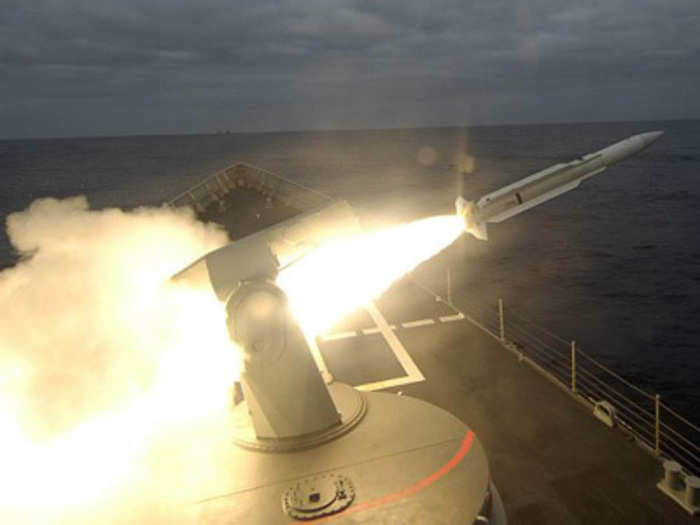
The RIM-66 is a naval missile system designed by the United States and exported to multiple nations.
They entered into service in 1967 and were made by Raytheon. This guided missile system can travel at three-and-a-half times the speed of sound and has an operational range of up to 90 nautical miles.
The Iran Navy has these installed on a number of missile boats and frigates.
The S-300 missile system
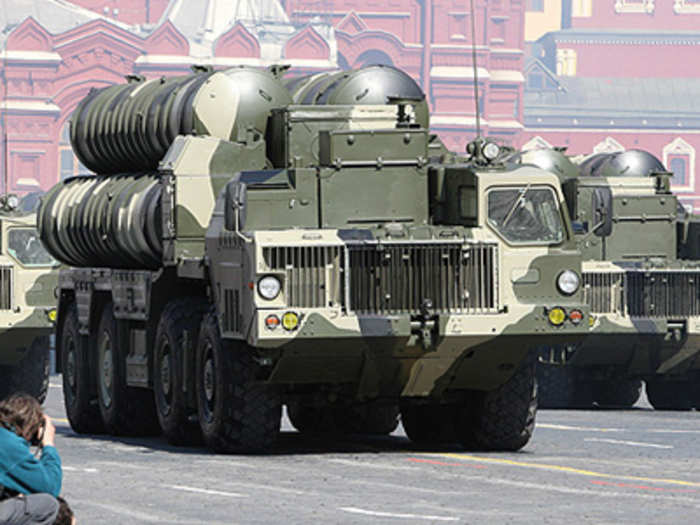
This one is unconfirmed, but Iran claims that they have them.
And if they do have the S-300, that's a pretty big deal. Iran has also developed the Bavar 373 system, which it claims has the same capabilities as the S-300.
NATO called the S-300 the S-10 Gladiator. The Soviets developed in the 1970s, and it's been continually upgraded until production ceased in 2011.
It's one of the most potent anti-aircraft missile systems in the field today.
There are even variations that have been designed to intercept ballistic missiles. The radar system can track 100 targets at once, and can simultaneously engage 12 of them.
The 23-foot missiles weigh two tons and have a range of between 56 and 93 miles. They travel at six times the speed of sound. The missile system has never been used in combat as yet, but NATO has trained for that eventuality.
The BGM-71 TOW
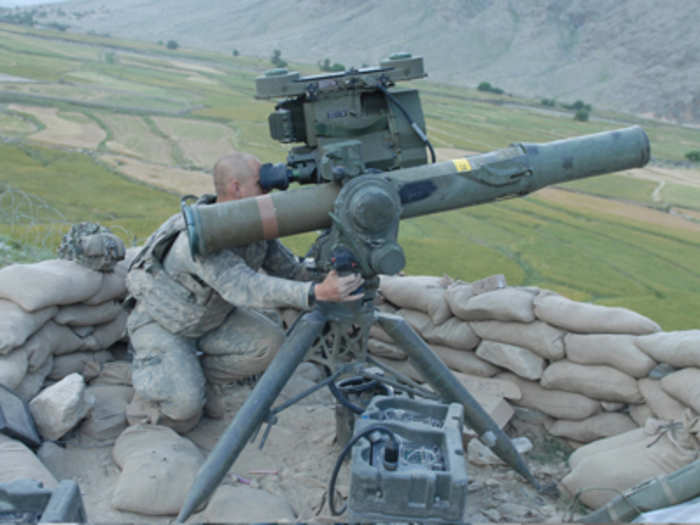
This anti-tank missile is a glimpse into the long, tumultuous history of U.S.-Iranian relations.
Iran got them from the United States in the deal that would later cause the Iran-Contra affair, where the United States facilitated the sale of the TOW missiles to Iran in an attempt to recover hostages, then used the proceeds to fund the Contras in Nicaragua.
From 1986-1986, the United States supplied Iran with over 2,000 TOW missiles.
Manufactured by Raytheon and entering service in 1970, this anti-tank missile has an operational range of up to 3,750 meters.
The TOW missiles were used by American forces in the 2003 assault that killed Uday and Qusay, Sadaam Hussein's sons.
Disconcertingly, Iran has reverse engineered the TOW system to develop their Toophan anti-tank missile, reportedly used by Hezbollah against Israel in the 2006 Lebanon War.
The Zufiqar Tank
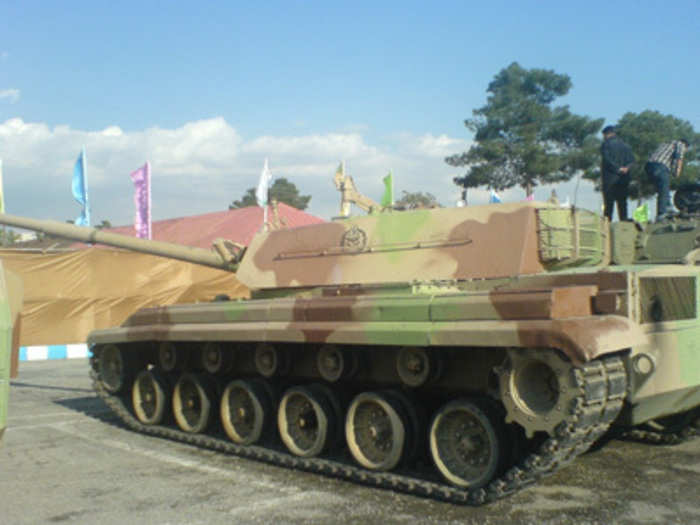
Iran has put a lot of effort into developing domestically manufactured military technology.
The Zufiqar tank is a prime example of what they've been able to accomplish so far.
Named after the legendary sword of the Prophet Muhammad's son-in-law, the Zufiqar is a 41-ton, 23-foot long battle tank manufactured in Iran by the Shahid Kolah Dooz Industrial Complex.
It's armed with a 12.5 cm tank gun, and carries two machine guns. It can even move at up to 43 miles per hour.
The F-14 Tomcat
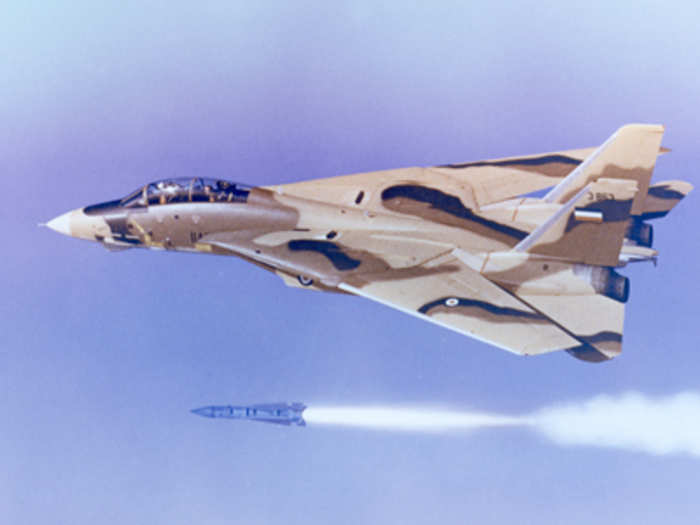
The United States knows that Iran has acquired the F-14 Tomcat.
After all, the U.S. sold it to them.
The Islamic Republic of Iran's Air Force has two squadrons of F-14s, acquired before the Shah of Iran was deposed during the Islamic Revolution.
Iran has the the F-14A, a variant that first flew in December, 1970. The U.S. later sent 79 of the fighter jets to Iran. Fifty-nine remain in service — maintained thanks to clever reverse engineering.
The interceptor was designed to counter maneuverable fighter jets, as well as cruise missiles and bombers.
Kilo-Class Submarines
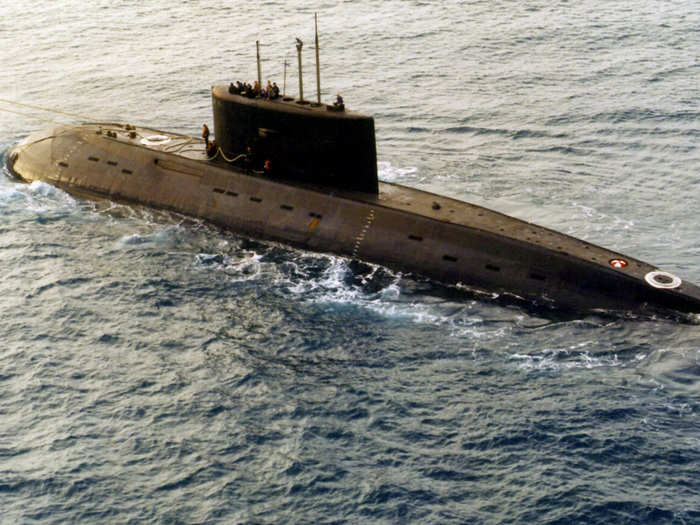
The Iranian Navy is in possession of operational submarines acquired from the Soviet Union.
They posses three Kilo-class subs, which can dive to a depth of up to 300 meters and can travel for up to 45 days without restocking.
Kilo-class subs are diesel-electric powered, and are around 70 meters long. The Iranian Navy has proven capable of maintaining and repairing these highly complicated vessels without any apparent outside help.
In early 2012, Iran decided against sending their subs to a Russian dry dock for repairs out of fear that the vessels wouldn't be returned.
These vessels are a crucial aspect of Iran's strategy to maintain control of the Strait of Hormuz.
The MiG-29 Fighter Jet
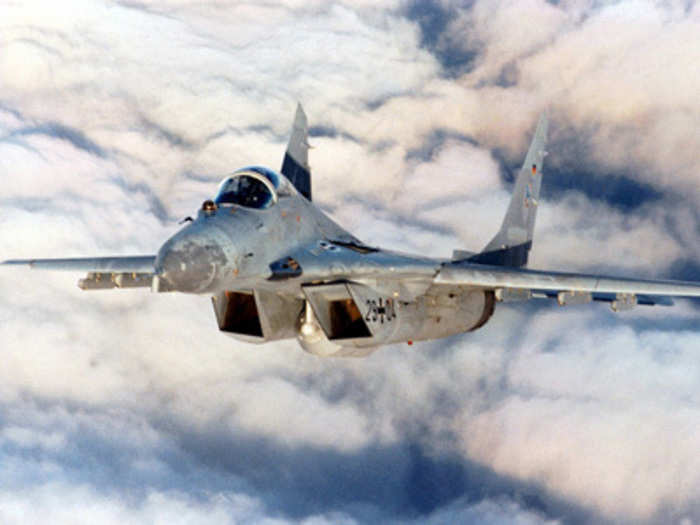
Iran keeps its arsenal up to speed through maintaining and upgrading military supplies from decades ago.
With the MiG-29, that's not exactly hard.
The MiG-29 remains in use in the Russian Air Force. More than 1,600 have been built.
It has a max speed of Mach 2.25 and a range of nearly 900 miles. It has a 30mm cannon and can hold up to almost four tons of armaments, including up to six air-to-air missiles.
It was intended to compete with the General Dynamics F-16.
As of 2012, Iran had 25 MiG-29s in service.
The Karrar Drone
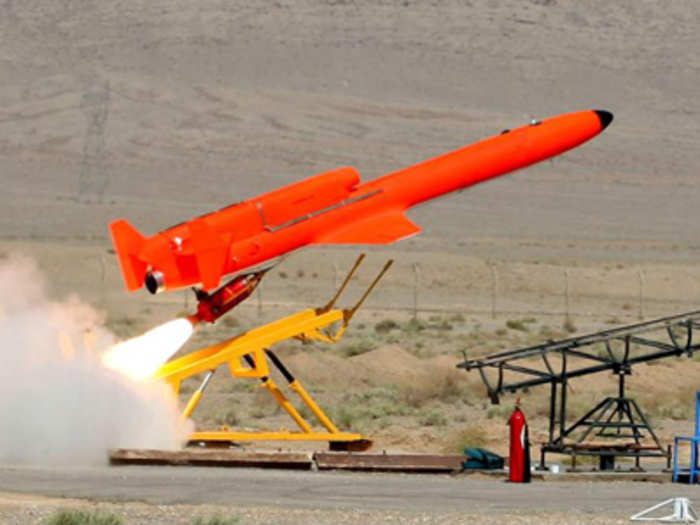
Like much of the rest of the world, Iran has drone fever.
This combat drone was unveiled in late 2010, and details are sketchy.
Iran's State television network has claimed that Karrar — meaning "Striker" — can travel 560 miles per hour, has a range of 620 miles, and can deliver two quarter-ton precision-guided bombs.
It's 13 feet long and, at it's unveiling, Iran's then-President Mahmoud Ahmadinejad stated that the jet was a "messenger of death for enemies of mankind."
BONUS: Iran's Secret Weapon, The Strait of Hormuz
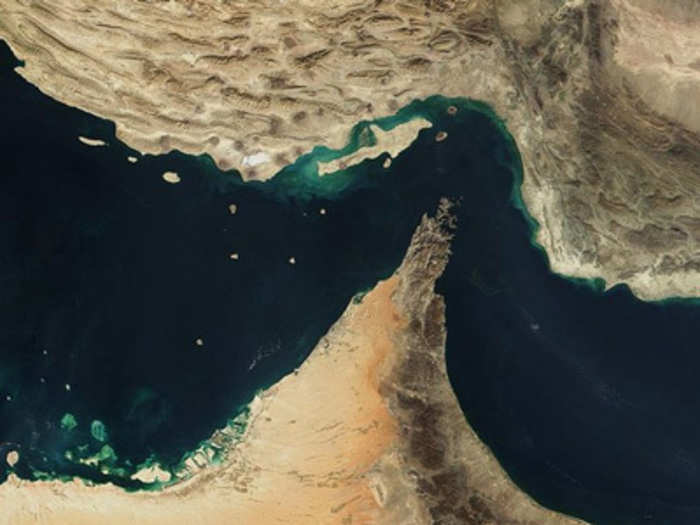
But maybe Iran's most effective weapon is intangible, as well as permanent: geography.
Their coastline includes one side of the Strait of Hormuz, one of the most tactically significant stretches of water in the entire world.
The Strait of Hormuz connects the Persian Gulf with the Arabian Sea, the Indian Ocean, and the rest of the globe.
One third of all the world's oil is moved through the strait.
Were Iran to cause a disruption in the Strait — perhaps by mining it, if conditions in the region deteriorated badly enough — it would have a catastrophic effects on the price of oil and could bring the global economy to its knees.
The U.S. Navy has mine-detection, but the average oil tanker does not.
Iran's biggest threat arguably doesn't come from their missile systems, or their nuclear program, or any of their jets.
Interrupting service in a strait that they could feasibly dominate could be a winning end game for Iran if the country's theocratic government ever feels its existence is threatened.
Iran doesn't do Chemical Weapons. This country does
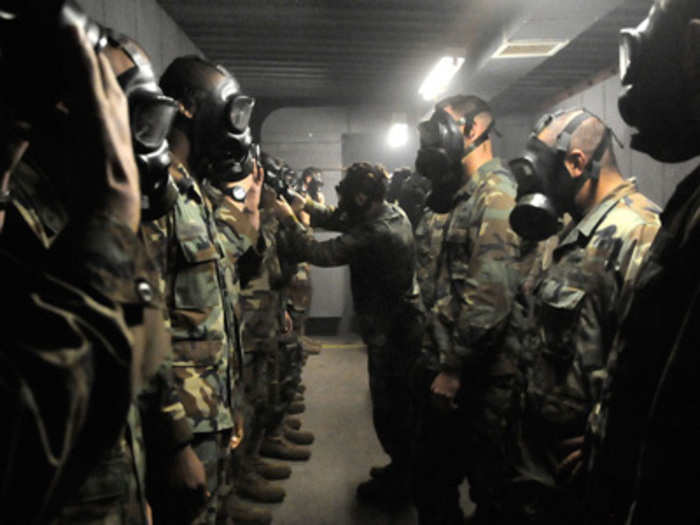
Popular Right Now
Popular Keywords
Advertisement